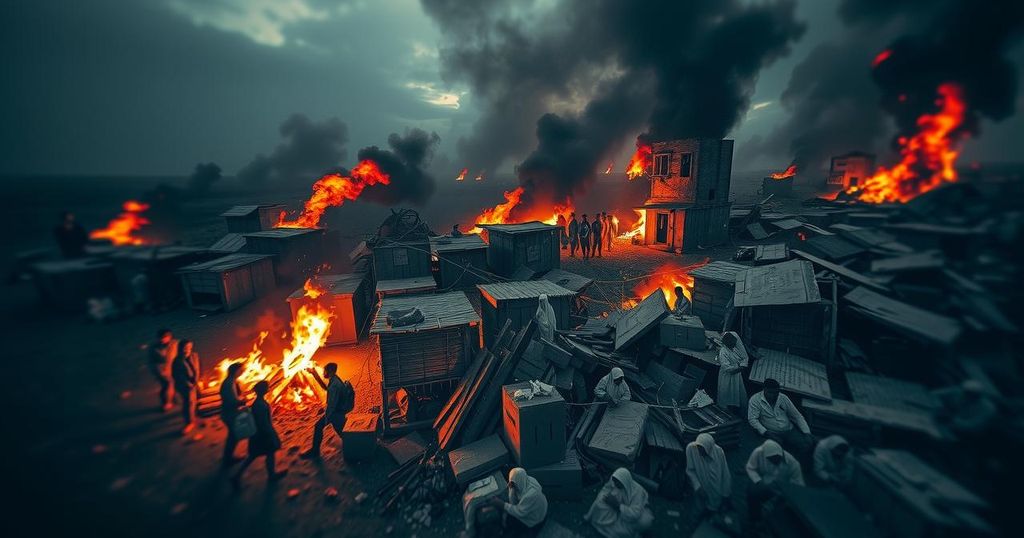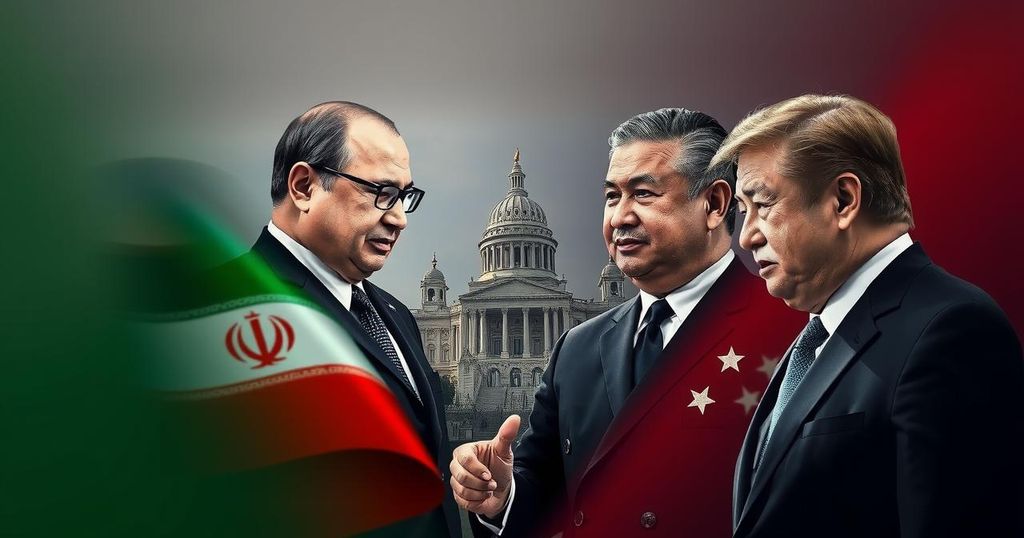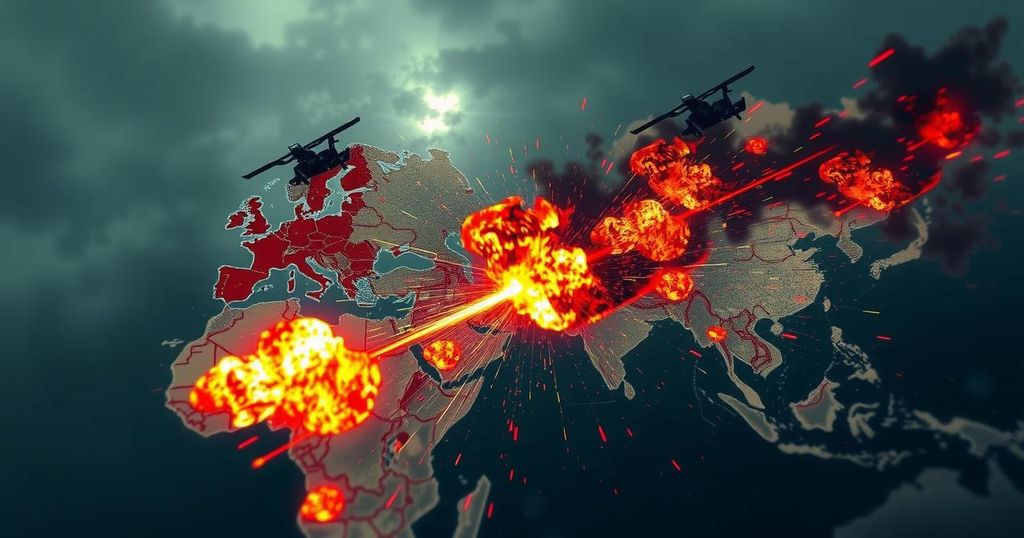Somalia: The Civil War and Its Complications
Somalia’s civil war originated from clan conflicts exacerbated by military defeat and failed governance, leading to the emergence of various factions and regions declaring autonomy. External interventions in the form of UN and US-led missions aimed at stabilizing the country have had limited success, and despite recent political improvements, the cycle of violence and instability continues.
Somalia’s history of conflict and civil strife began with the defeat in the Ogaden War, which eroded the stability of the Siad regime and ignited clan tensions. Following an unsuccessful military coup in April 1978, two key opposition groups emerged: the Somali Salvation Democratic Front (SSDF) and the Somali National Movement (SNM). Both organizations, with bases in Ethiopia, commenced guerrilla warfare against the government. In a bid to stabilize the situation, Siad attempted to mend relations with Kenya and Ethiopia, leading to a peace accord in 1988 that inadvertently triggered a civil war, as the SNM attacked government forces in response to being forced out of Ethiopia. The fallout saw widespread desertions from the army by the Ogaadeen Somali, exacerbating the situation. In January 1991, a popular uprising led by forces of the United Somali Congress (USC) resulted in Siad’s ousting, plunging the southern regions into chaos and allowing various clans to establish control over different areas. Concurrently, in May 1991, the SNM declared independence for the northern region as the Republic of Somaliland. The fighting in Mogadishu continued with rival factions clashing, particularly between Gen. Maxamed Farax Caydiid and Cali Mahdi Maxamed, resulting in extensive violence and famine. The United States spearheaded a humanitarian intervention in December 1992, leading a multinational force to restore order. Although initial peace treaties were signed, the security situation continued to worsen, culminating in the Battle of Mogadishu in 1993, which led to U.S. withdrawal. Throughout the 1990s, numerous peace attempts were made but largely failed. A 2000 conference in Djibouti established a Transitional National Assembly, which struggled to gain legitimacy. Subsequently, a more recognized Transitional Federal Government (TFG) was created in 2004 but faced significant challenges and was mostly based in Kenya due to safety concerns in Somalia. The rise of the Islamic Courts Union (ICU) in 2006, which took control of Mogadishu, led to military intervention by Ethiopia in support of the TFG. While the ICU collapsed, the al-Shabaab militia emerged from its remnants, continuing a campaign of violence. A small African Union peacekeeping mission was deployed in 2007 but struggled to maintain order amid ongoing conflict and humanitarian crises. In January 2009, Sheikh Sharif Ahmed, a moderate Islamist, was elected president, and efforts continued to stabilize the government. By 2012, following international concerns over piracy along the Somali coast, a notable decline in attacks occurred as political conditions improved and security practices strengthened. The trajectory of Somalia’s painful history of civil war, clan rivalry, and humanitarian crises displays both the challenges faced and the prospects for a more peaceful future.
The civil war in Somalia remains one of the most enduring conflicts in Africa, precipitated by historical clan divisions and political instability. The exacerbation of these tensions through military defeats and governance issues has led to repeated cycles of violence. The rise of various power factions, coupled with external interventions, has further complicated Somalia’s recovery efforts. Despite periods of relative stability, including the establishment of interim governments, the underlying clan rivalries and the emergence of militant groups have continued to pose significant obstacles to lasting peace and recovery. Understanding this background is crucial to grasping the complexities of Somalia’s ongoing struggles.
In summary, Somalia’s journey through conflict and civil war is marked by a series of failures in governance, external intervention, and clan-based warfare. The initial defeat in the Ogaden War catalyzed a chain reaction leading to civil strife and the rise of self-declared regions. Efforts to establish governance have been met with challenges, and while small peacekeeping forces have made headway, the persistent clan tensions and humanitarian crises continue to pose a significant challenge. The recent decline in piracy incidents illustrates some progress, yet the path towards a stable and unified Somalia remains fraught with difficulties.
Original Source: www.britannica.com








Post Comment